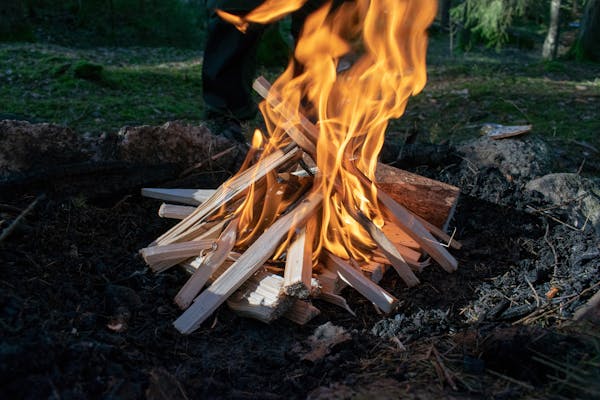A week-long immersion into the ‘go anywhere’ fundamental skill-sets of bushcraft and wilderness survival. This course is designed to challenge and inspire in equal measure, regardless of previous experience.
Learn to baton wood for efficient kindling, while securing shelter materials in a woodland environment. This comprehensive training also covers primitive fire lighting methods, tracking and wilderness navigation skills. Click on bushcraft course for more info.
Basic Skills
The basics you need to know to start learning bushcraft and become self-reliant in the wilderness. From fire making to finding water and basic shelter-building, these skills help you stay hydrated, warm and found.
To get started, you’ll need a few essentials such as a knife (preferably fixed blade with a comfortable handle) and a set of hex keys. You’ll also need a good map and compass so you can navigate around the forest.
The key to becoming a bushcrafter is a deep study of nature. This includes knowing the key tree species and their various uses, as well as how to identify them reliably. Ultimately, these skills will lead you to a more enlightened relationship with the outdoors and less reliance on items you can’t make yourself.
Shelter
Sheltering techniques form an important element of any survival toolkit. They protect against harsh weather, provide warmth and offer protection from insects such as midges. In addition, they can be used to cook food and purify water. Shelter building and fire lighting are core skills for bushcraft, and can be learned under safe conditions with expert supervision.

You’ll learn techniques for constructing a variety of shelters including the versatile bushcraft tarp and the more primitive bivvy bag. You’ll also explore the use of cutting tools and wood craft. For the course you’ll need to bring suitable outdoor clothing and camping equipment. A full kit-list is available here and will be emailed to you along with your receipt once your booking has been confirmed. Specialist equipment is provided for use on the day.
Food
For bushcraft students, food preparation is a vital skill. From grilling freshly-caught fish to boiling wild berries for a tasty hot drink, proper food handling techniques are essential to avoid any health risks.
A great way to learn how to cook for a group at camp is to choose recipes that are easily scalable, which will save time and effort. Another enjoyable technique to try is steaming, which can be done by wrapping the food in non-poisonous leaves and burying it in the embers of your fire.
For more information on cooking for a group while camping, check out our blog here. You can also purchase our book ‘Bushcraft A Family Guide’ here. This is the ideal gift for any wilderness enthusiast. Order your copy today!
Water
Staying hydrated is a key factor in survival, but finding water can be difficult. Learn how to prepare water for consumption using simple techniques that are effective in any environment. Discover methods like solar stills, charcoal filtration and heated rocks that will help you avoid the devastating effects of water-borne illness.
You’ll also learn how to find and prepare dry tinder, including twig, feather stick, and conifer resin kindling. Master bow drill techniques and be able to start a fire quickly and efficiently.
This course is ideal for anyone who travels on or over water as part of their work or pleasure. It can be customised to meet specific company training requirements, for example aviation personnel. The course also provides guidelines on how to respond to a water crash.
Safety
Practicing basic skills like fire starting and shelter building is essential to staying safe while bushcrafting. These skills also help you connect with nature more deeply. It is important to know basic first aid, and to carry a kit that includes medical items like bandages, antiseptic wipes, and tweezers. You should also know how to handle medical emergencies like sprains and allergic reactions.
It is also important to learn how to read the environment. For example, noticing changes in wind speed or direction can signal approaching storms. Reading the barometric pressure is also helpful. Falling pressure suggests worsening weather, while rising pressure indicates better conditions.
Finally, it is important to practice proper food handling techniques. This will minimize the risk of illnesses caused by improper handling of wild foods.